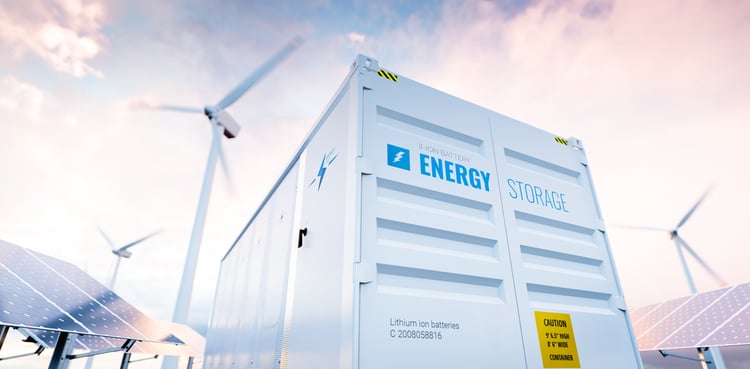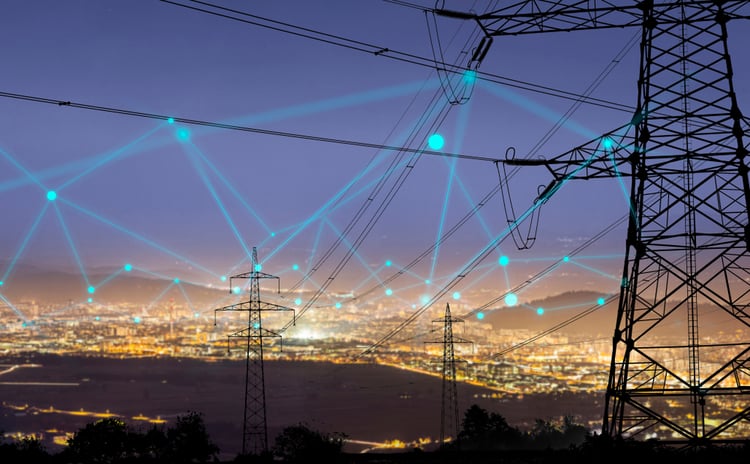Solar power has become the fastest-growing source of electricity in the U.S., surpassing the 100 gigawatt mark in early 2021. According to the U.S. Department of Energy, the combined capacity of all solar panels now connected to the grid is enough to supply 18 million American homes. .
Despite its rapid growth, solar energy accounts for just 3% of US electrical supply, while natural gas provides 40%, and coal has only recently fallen below 20%. However, solar energy could provide 40% of US electricity by 2035, according to a recent US DOE study .
Reduce your electricity bills and building emissions with a solar energy system.
Achieving 40% solar generation is a technical challenge, as solar panels cannot continuously provide energy on their own – most of their production occurs during a few hours around midday. Although this limitation can be eliminated by adding batteries to solar energy systems, the cost of energy storage technology is still high. Furthermore, in places with high home solar adoption, the grid becomes congested with all the excess energy injected at midday.
The following are some measures and innovations that could help achieve the 40% solar energy goal proposed by the US DOE.
1) Extension of tax credits for solar energy and other renewable sources

ITC solar played an important role in reaching 100 GW of installed capacity. However, the incentive is on its way out despite a two-year extension in December 2020 .
- The federal tax credit has remained at 30% since its creation in 2006, and remained so until 2020, when it dropped to 26%.
- Originally, the tax credit would decrease further to 22% in 2021, before decreasing to just 10% for businesses in 2022 and 0% for households.
- However, the 26% tax credit will continue to be available until the end of 2022, and the reductions to 22% and 10% will take place in 2023 and 2024, respectively.
The Biden administration is considering tax cuts for renewable energy, including another extension of the solar tax credit – this time for 10 years. If approved, this measure would improve the business case for new solar installations by 2030. Another possibility is the introduction of a Production Tax Credit (PTC) for solar energy, a measure that has already seen success in the wind industry.
An ITC reduces the initial cost of renewable energy systems, while a PTC improves the project's long-term cash flow. However, both measures improve the economic viability of clean generation projects.
2) Reducing the cost of energy storage, including battery systems

Battery systems have great potential in the renewable energy industry, as they eliminate the main limitation of solar panels and wind turbines – their variable energy production. If buildings start using batteries on a large scale, there is no need to equalize energy generation and consumption. Energy storage systems can simply absorb electricity when there is surplus production and return it when demand is high.
However, the outlook is positive for battery technology and the International Renewable Energy Agency (IRENA) has predicted a cost reduction of over 60% by 2030 . More grid-connected energy storage systems also allow for more solar panels and wind turbines, since their variable power generation can be managed more easily.
Investment in R&D is critical to developing new technologies that improve renewable energy systems, and the US DOE announced a $128 million fund for several solar-related technologies.
3) Creating a smart grid with attractive feed-in tariffs for solar battery owners

The electric power industry remained almost unchanged for more than a century, as all electricity was produced in power plants and distributed to homes and businesses. Now that buildings can install solar panels and other renewable energy systems on-site, the rules of the game have changed. The electrical grid of the future must be capable of handling energy flows in all directions, just as the Internet handles data.
In many locations, the adoption of renewable energy is hampered by limited grid capacity and only off-grid installations are viable. However, even more robust grids are being challenged by sudden spikes in building consumption, especially on the hottest days of summer, combined with periods of surplus production from solar panels or wind turbines.
To complement power grid upgrades, electric companies could introduce feed-in tariffs that vary throughout the day, rewarding consumers who become small-scale generators during periods of high demand. This would create an incentive for solar owners to invest in batteries:
- Instead of selling excess production at midday at a low feed-in tariff, they can wait during the hours when electric companies pay the highest rates.
- Most likely, the highest feed-in tariffs for battery owners will be paid at times of peak demand, which typically occur after sunset.
- These rates can also vary throughout the year – rewarding owners of batteries that provide energy on hot summer days when air conditioning causes peak demand.
Conclusion
Solar power is growing rapidly in the U.S. , but a larger market could be unlocked with the right mix of incentives, innovation and power grid upgrades. Electricity from solar panels is already cheap and the next step is to convert them into a smart and agile energy source. Batteries can significantly improve solar power systems, especially if electric companies introduce incentives that reward smart use.

